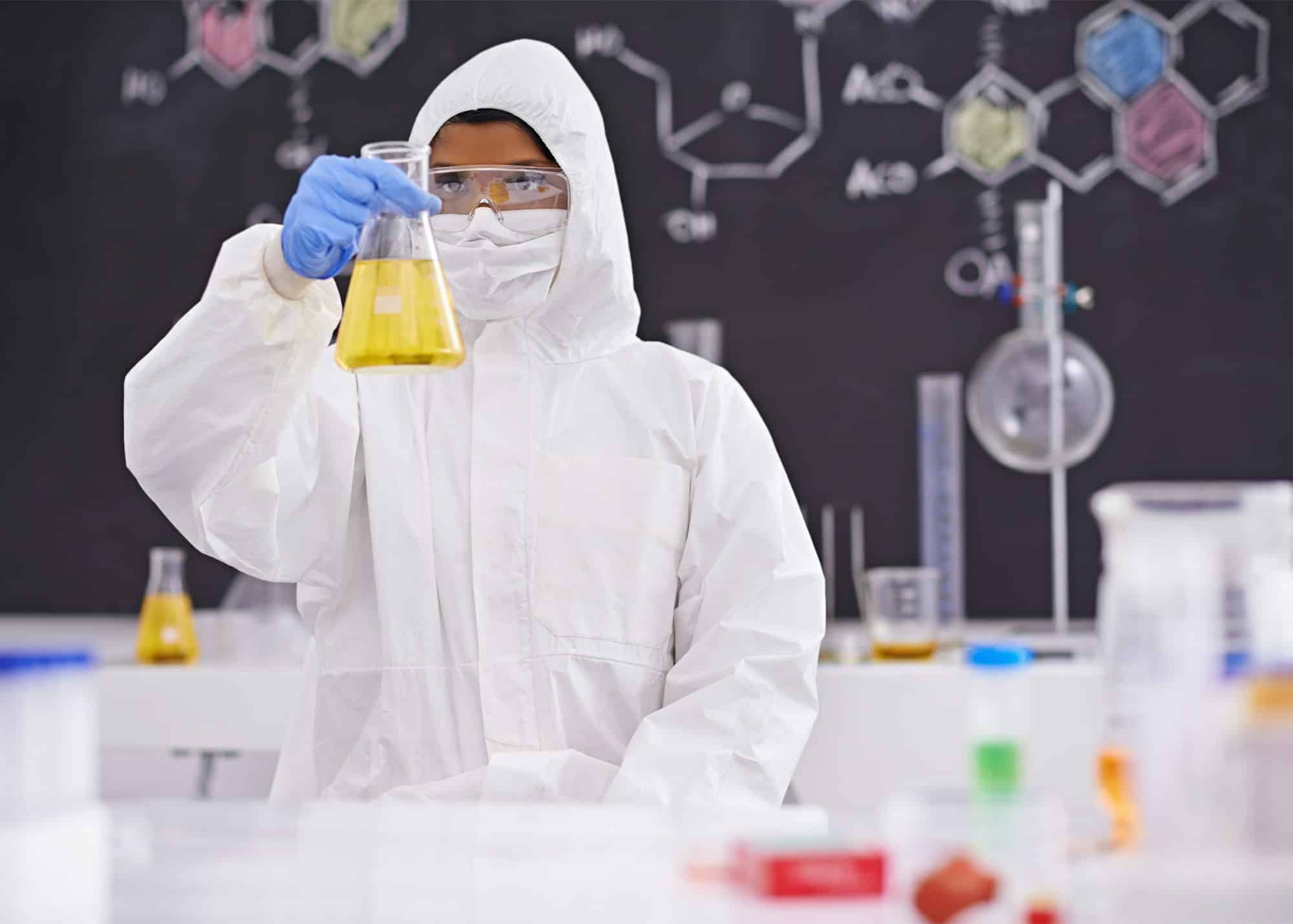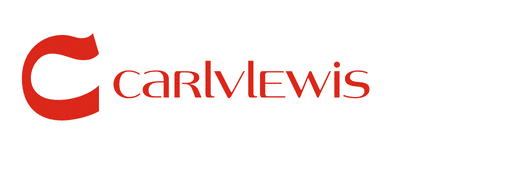What Are the Best Methods for Increasing Reaction Time in Professional Soccer Goalkeepers?

In the realm of professional soccer, the goalkeeper’s role is pivotally significant. They are the final line of defense and often the difference between a win or loss. A crucial element of a goalkeeper’s performance is their reaction time – the speed at which they can respond to the unpredictable movements of the ball. This article will delve into some effective methods to enhance the reaction time of professional soccer goalkeepers, focusing on targeted training techniques and highlighting the importance of physical strength, power, and body conditioning.
Emphasizing Specific Goalkeeper Training
A goalkeeper’s training regimen should be uniquely tailored to their role on the field. Unlike other players, goalkeepers must hone their reflexes, agility, and quick decision-making skills.
A lire également : What Is the Role of Acute Variable Training in Bodybuilding for Hypertrophy?
Focused drills are a cornerstone of effective goalkeeper training. One popular method involves the keeper standing between two posts approximately one meter apart. A partner then throws the ball towards the posts, and the goalkeeper must deflect the ball away. This drill improves the goalkeeper’s reaction time, agility, and hand-eye coordination.
Another effective training technique is the high ball drill. It involves the goalkeeper catching balls kicked high in the air by a partner. This drill not only improves reaction time but also boosts the keeper’s confidence in catching high balls during a game.
A voir aussi : How Do Elite Badminton Players Enhance Reaction Time for Lightning-Fast Volleys?
Other training techniques include one-on-one drills, where the goalkeeper has to prevent a player from scoring. These drills simulate real-game scenarios, helping goalkeepers improve their decision-making skills under pressure.
Incorporating Power and Strength Training
While reaction time is often associated with agility and quick reflexes, power and strength also play a significant role. A powerful goalkeeper can cover more of the goal, while strength enables them to sustain their performance throughout the game.
Power training for goalkeepers often involves plyometric exercises, such as box jumps or bounding exercises. These exercises develop explosive power, allowing goalkeepers to jump higher and react faster.
Strength training, on the other hand, should target the specific muscles that goalkeepers use most. Core and lower body strength are particularly crucial, as they allow keepers to dive, jump, and swiftly change direction. Exercises like squats, lunges, and plank holds are particularly beneficial.
However, it’s worth noting that while power and strength are vital, goalkeepers must not neglect their agility and speed. A balanced training regimen will yield the best results.
Utilizing Technology in Training
Modern technology has been a game-changer in sports training, and this is true for goalkeeping as well. High-tech equipment can track a goalkeeper’s performance, providing valuable data that can be used to tailor training regimens and improve reaction times.
Goalkeeper-specific software and apps can provide in-depth analysis of a goalkeeper’s performance, identifying strengths and areas for improvement. Some advanced software can even simulate game scenarios, allowing keepers to improve their decision-making skills in a controlled environment.
Virtual reality (VR) is another cutting-edge tool that can be used in goalkeeper training. VR can simulate a real game environment, allowing goalkeepers to practice reacting to different situations. This technology not only enhances reaction time but also improves mental preparedness, crucial for match-day performance.
Enhancing Mental Agility
The physical aspect is just one part of the equation when it comes to improving a goalkeeper’s reaction time. Mental agility is equally important. A goalkeeper must anticipate the ball’s trajectory, predict the striker’s intentions, and make split-second decisions under immense pressure.
There are various ways to enhance mental agility. Cognitive drills, such as the Stroop test or the Simon task, can improve a goalkeeper’s ability to process information quickly and accurately. These tests involve responding to visual cues as fast as possible, similar to what goalkeepers do during a game.
Meditation and mindfulness are also effective in honing mental agility. They help improve concentration, reduce stress, and enhance overall mental well-being. By practicing mindfulness, goalkeepers can stay focused during the game, enhancing their reaction time and performance.
In a nutshell, improving reaction time in professional soccer goalkeepers involves a multifaceted approach. It’s about combining specific goalkeeper training with power and strength training, utilizing modern technology, and enhancing mental agility. With consistent practice and the right techniques, goalkeepers can indeed enhance their reaction time, resulting in markedly improved performance on the field.
Refining Technical Skills for Better Performance
Alongside power and strength conditioning, technical training is pivotal in shaping a professional soccer goalkeeper’s performance. To better their reaction times, goalkeepers need to polish their technical skills including diving, catching, and correctly positioning themselves in the goal area.
Short-distance drills are excellent for refining these skills. For instance, a goalkeeper can stand in the goal, while a trainer tosses the ball towards them from a close range. The goalkeeper must then react swiftly to either catch the ball or deflect it away. Performing such drills repeatedly can significantly improve their diving skills and reaction times.
Another technical aspect that goalkeepers should focus on is their footwork. They should be able to move quickly from side to side and change direction effectively to prevent incoming goals. Drills that involve parallel and lateral movements can help in this regard.
Moreover, goalkeepers should also work on enhancing their vertical jump. The higher a keeper can jump, the better they can save goals. Plyometric exercises and vertical jump training, as mentioned earlier, can be of great help in this aspect.
Lastly, goalkeepers should pay attention to their equipment, especially their goalkeeper gloves. A good pair of gloves can provide better grip, improving their ability to catch and deflect the ball, resulting in a quicker reaction time.
Table Tennis for Reflex Training
While it might seem odd to bring up another sport, many elite soccer goalkeepers use table tennis for reflex training. Table tennis is renowned for being a fast-paced game that requires quick reflexes, making it an excellent training tool for soccer goalkeepers.
In table tennis, a player has to react swiftly to the opponent’s return, similar to how a goalkeeper must react to a striker’s shot. Moreover, the small size of the table tennis ball and the short distance between the players means that the action is fast and frequent, pushing the players’ reflexes to their limits.
Goalkeepers can start by playing regular table tennis, gradually increasing the speed and intensity of the game. Over time, this can significantly improve their reaction times and hand-eye coordination.
Conclusion
Increasing reaction time in soccer goalkeepers is no easy task. It requires a comprehensive approach that encapsulates specific goalkeeper training, strength power conditioning, mental agility enhancement, technical training, and even sports like table tennis for reflex training. It’s not only about having the physical prowess to dive swiftly or change direction quickly but also about the mental agility to anticipate the trajectory of the ball and make split-second decisions.
With the right mix of these techniques and consistent practice, professional soccer goalkeepers can indeed hone their reaction times, making them an impenetrable force on the field. This in turn can make a significant difference in the outcome of the game, placing the goalkeeper in a crucial position in the world of professional soccer. As the saying goes, "the team is only as strong as its goalkeeper."
